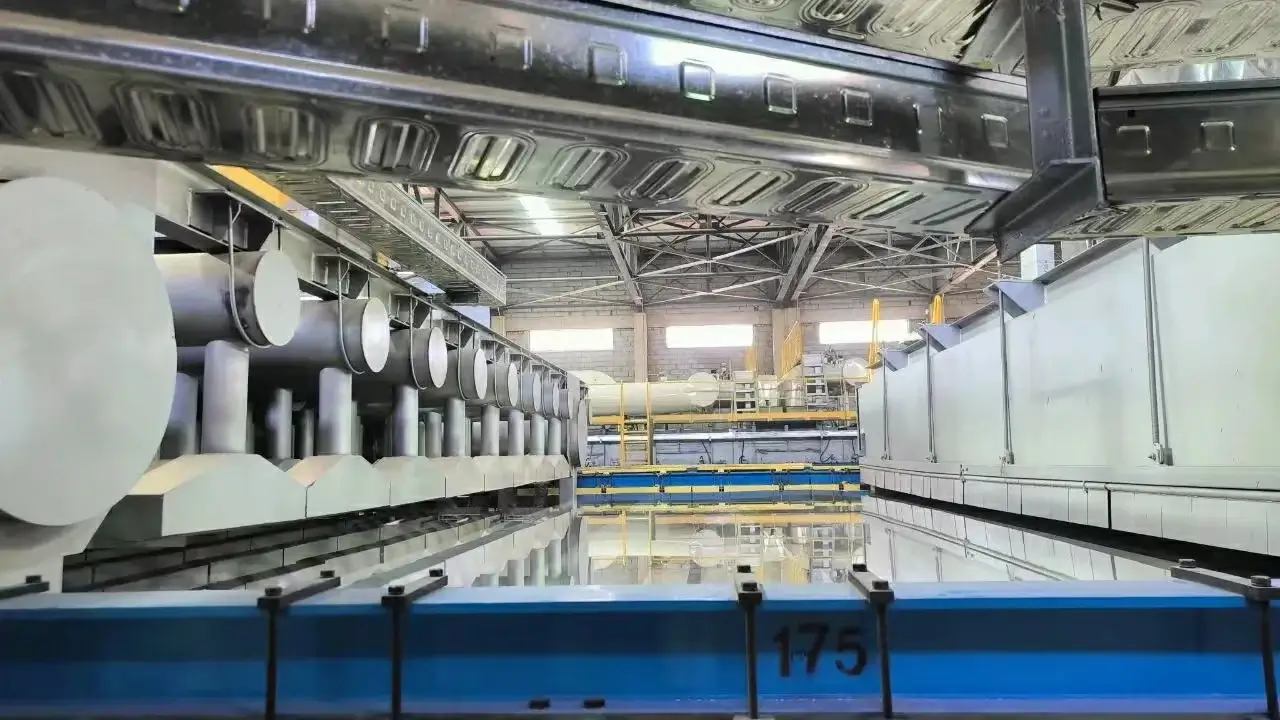

Understanding Clear Low-E Glass Benefits and Applications
In today’s world, where energy efficiency and environmental consciousness are paramount, clear low-emissivity (Low-E) glass has gained significant attention. This innovative material not only contributes to reducing energy consumption in buildings but also enhances comfort and aesthetics. In this article, we will delve into the characteristics, advantages, and practical applications of clear low-E glass.
What is Clear Low-E Glass?
Low-E glass is a type of energy-efficient glass that has a transparent coating, which reflects heat while allowing natural light to pass through. The clear aspect refers to the glass's high clarity, making it an aesthetically pleasing option for various architectural designs. Low-E glass is typically coated with one or more microscopically thin layers of metal oxide, which helps to minimize heat transfer.
This dual functionality—allowing sunlight in while keeping heat out—makes low-E glass an excellent choice for both residential and commercial buildings. Its primary role is to improve thermal performance and energy efficiency, thereby reducing the reliance on heating and cooling systems.
Benefits of Clear Low-E Glass
1. Energy Efficiency One of the most significant advantages of clear low-E glass is its ability to minimize energy loss. By reflecting interior heat back into the building during cold seasons and blocking exterior heat during warm seasons, it maintains a more consistent indoor temperature. This leads to reduced energy consumption and lower utility bills, making Low-E glass an eco-friendly choice.
2. UV Protection Clear low-E glass also filters out harmful ultraviolet (UV) rays, which can lead to fading of furniture, carpets, and artwork. By using this type of glass, homeowners and businesses can protect their interiors from UV damage while still enjoying the natural light that enhances their spaces.
3. Enhanced Comfort The effective insulation properties of low-E glass translate to improved comfort for occupants. With a more stable indoor climate, people can enjoy a more pleasant atmosphere, free from cold drafts or hot spots associated with traditional glazing.
4. Sound Insulation Many types of clear low-E glass also provide sound insulation benefits. The technological advancements in glass manufacturing have allowed for the creation of configurations that can significantly reduce noise transmission, making it an ideal choice for urban areas.

5. Environmental Impact By using clear low-E glass, buildings can minimize their carbon footprint. The reduced energy consumption directly correlates with lower greenhouse gas emissions, making it a sustainable option for modern construction.
Applications of Clear Low-E Glass
The versatility of clear low-E glass makes it suitable for various applications
- Residential Buildings Homeowners increasingly opt for low-E glass windows to enhance energy efficiency. The investment in low-E glass not only pays off in energy savings but also improves the resale value of the property.
- Commercial Buildings Many businesses are adopting low-E glass for their office buildings. The elevated comfort levels, combined with lower energy costs, create a more productive work environment and reduce overhead expenses.
- Skylights and Sliding Doors Low-E glass is also used in skylights and sliding doors, allowing for natural light without the heat gain in the summer. This design choice enhances the open, airy feel of spaces while maintaining efficiency.
- Curtain Walls In modern architecture, clear low-E glass is often used in curtain wall systems, allowing facades to benefit from expansive glass surfaces without compromising thermal performance.
Conclusion
Clear low-E glass represents a significant advancement in architectural materials, balancing aesthetics with energy efficiency. As building codes become increasingly stringent regarding energy performance, the adoption of technologies like low-E glass will continue to grow. Its benefits—ranging from energy savings to enhanced comfort—make it an essential material in the construction and renovation of both residential and commercial properties. By investing in clear low-E glass, property owners can contribute to a more sustainable future while enjoying the immediate benefits of improved living conditions.